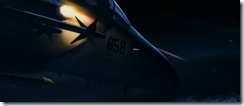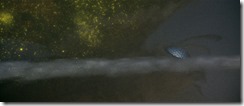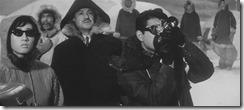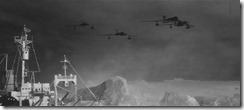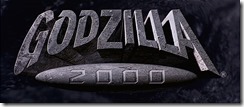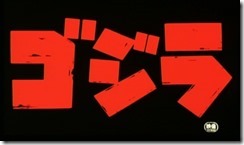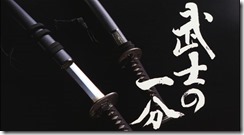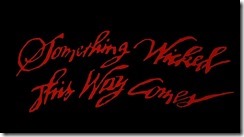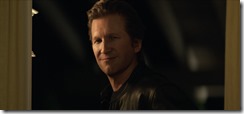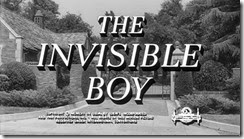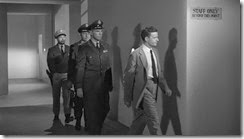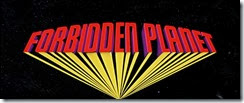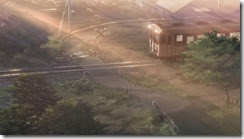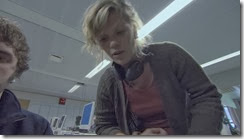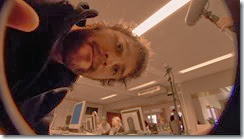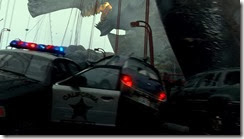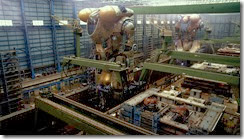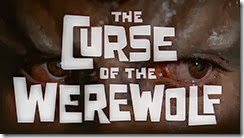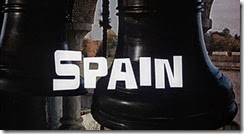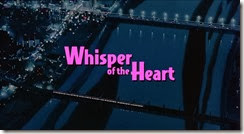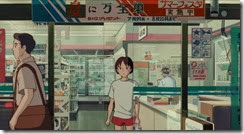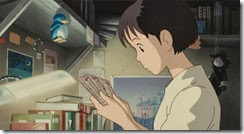Besides being the title to a great Yes tune, the word “roundabout” describes those dreadful circular traffic intersections urban planners are in love with. For those lucky individuals who have not had to deal with one, the idea is that a series of exits are provided on a one way circle that you go round and round about. Supposedly this is more efficient and safe than regular on and off ramps, but get trapped in one heavy traffic on one…
Well, that’s what it feels like dealing with my father’s condition. Still losing weight on the full liquid diet (no solids at all), he is now scheduled for another endoscopy to see why nothing is improving in his stomach. That will be two weeks from now, so the agenda is to somehow increase his caloric intake and weight. So far that has not worked out.
Possibilities for dealing with his stomach range from using a stint or a balloon to widen the opening to the duodenum to a permanent feeding tube inserted into the small intestine. Possibilities, since they need to see what’s going on down there via a camera. Not fun to contemplate, though.
The cycle of appointments, blood drawings, and bills continues to around and around with an exit nowhere in sight. Next week is another chemotherapy infusion session and I can only pray it doesn’t hit him as hard as the last two.
Dad shaved most of the scraggly remains of his beard off, so his chin is now visible for the first time in over three decades. That is going to take some time to get used to, I must say. Adding to the changed appearance is his being down to 123 lbs. He’s becoming terribly skeletal.
Last night we went to the local movie theater in Spring Grove to watch Captain America: The Winter Soldier. It turned out to easily be the best of the Marvel super hero movies and quite a thriller. Good character development, acting, political commentary, and action put it close to a Chris Nolan Batman film in quality. Well worth checking out for those who haven’t seen it yet.
It was also a decent distraction for Dad, stopping his hiccups for awhile on a very bad day for them. That and all the running around today for appointments, groceries, and wood pellets has worn us both out. Now to get through the rest of the week.


